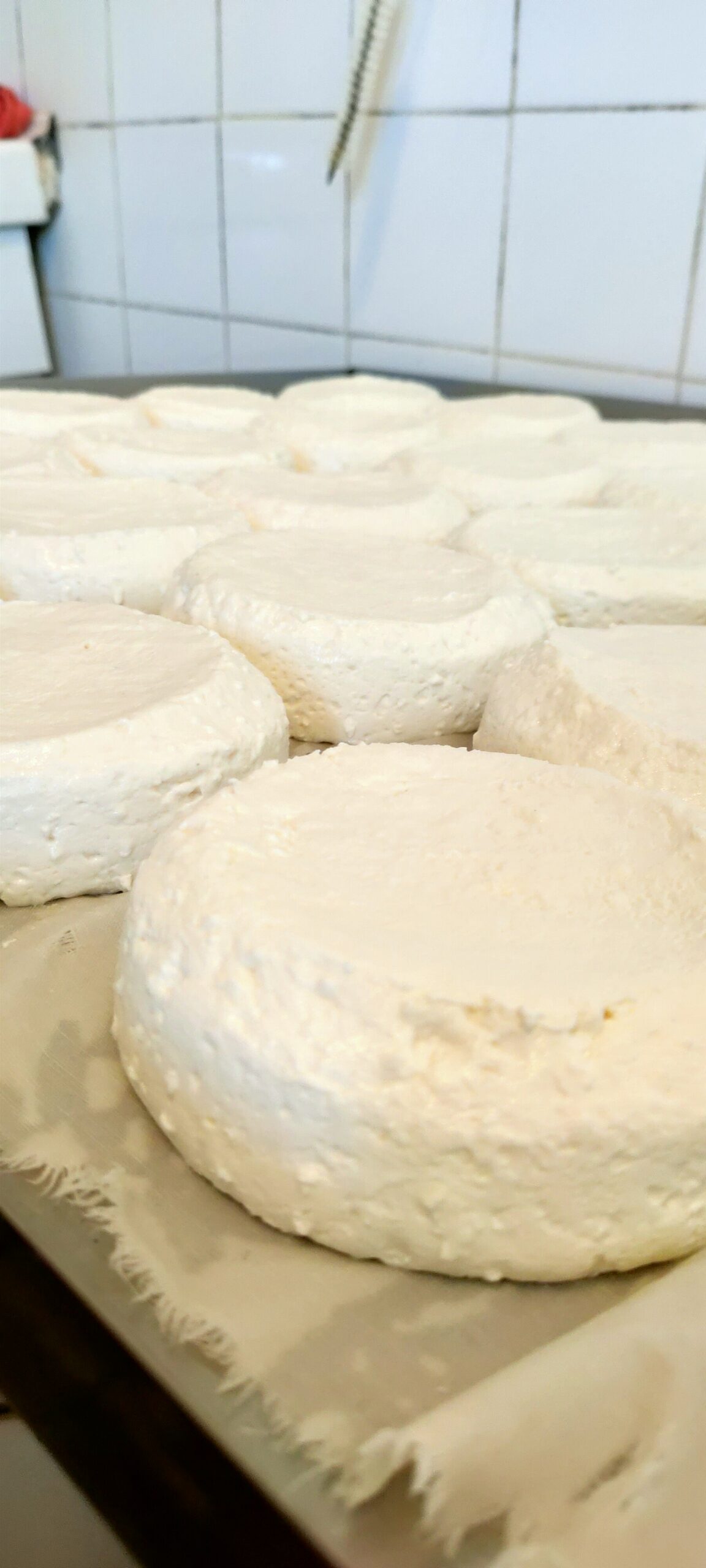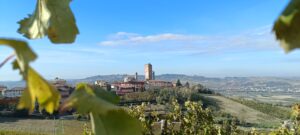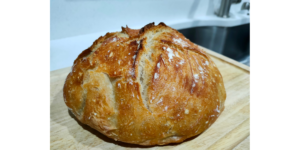Eat. Drink. Explore.
This is one of the credos to which I strive to my life by each and every day. It is a principle that serves as the very foundation of understanding other cultures. I believe that we could eliminate the majority of racism and create more inclusivity in the world if we all understood these ideals. Once you have sat down and had a meal in someone else’s house or kitchen, you can truly understand them. Many of the world’s problems could be solved over the dinner table with people of different cultures other than our own. Much to the chagrin of my personal life and family members, I have spent a lot of time traveling around the world in pursuit of knowledge and awareness of other people. For the last six months, I have traveled through Italy, Slovenia and France in pursuit of friendship and cultural exchange.
I recently spent time tasting different examples of the DOP cheese Robiola in the town of Roccaverano, located in Piemonte.
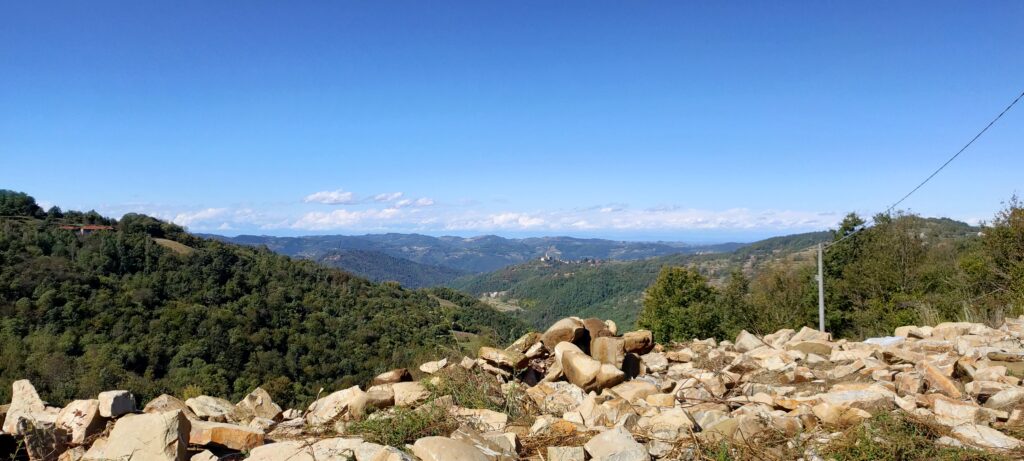
DOP (for Italian food products) means Denominazione Origine Protetta or established government laws for producing particular products. In this case, we are talking about a DOP cheese which means it has protected regulations for producing it. This cheese can only be produced in Piemonte in the provinces of Asti, Alessandria and Cuneo. Its history is a bit of contestation between Lombardy and Piedmont. For the purposes of this article, we shall remain on the side of Piemonte since they have the only DOP recognized Robiola.
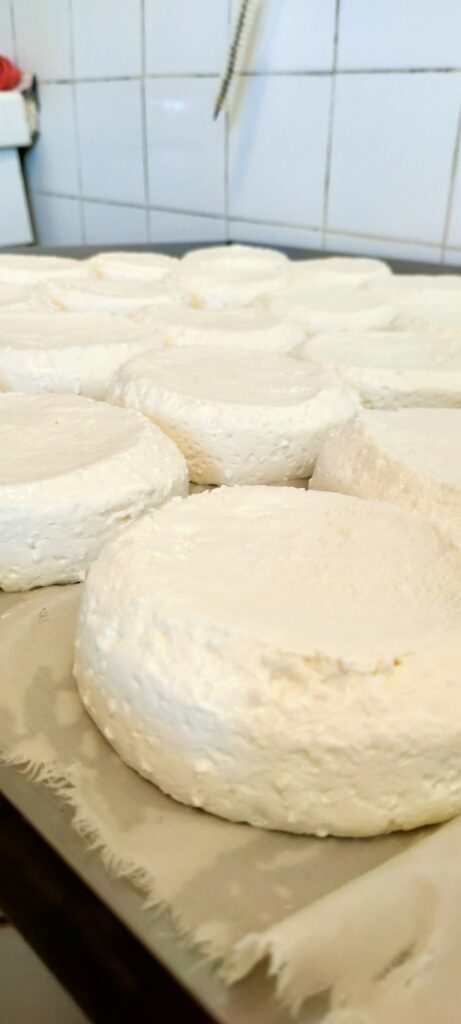
The History of Robiola
The history of Robiola in Italy dates back to 1000 AD and was allegedly written about by Pliny The Elder around 50 AD, who actually didn’t mention the name of Robiola. Its origin as a goat cheese prior to that is probably Celtic. We can surmise that due to the usage of goats as they were not originally from Italy. The majority of cheese in Italy is made from cow’s and sheep’s milk.
Robiola allegedly inherited its name from the color of the rind of this cheese as it ages; the Latin name, Rubere, means becoming red.
Robiola is traditionally a 100% goat cheese. However, the DOP regulations allow for up to 50% cow or sheep milk in order to produce it. I prefer the 100% goat milk version of this particular cheese as it has this deliciously, creamy acidity that isn’t always present in the blended milk Robiola.
Current day specifications of Robiola cheese have two different classifications: Fresco and Stagionato:
In order for it be classified as Fresco (fresh), the milk must be aged a minimum of four days, but no longer than 10 days. When classifying the Robiola as stagionato, it must be aged a minimum of 10 days. As it ages, it develops more notes of nuts, and secondary fruits.
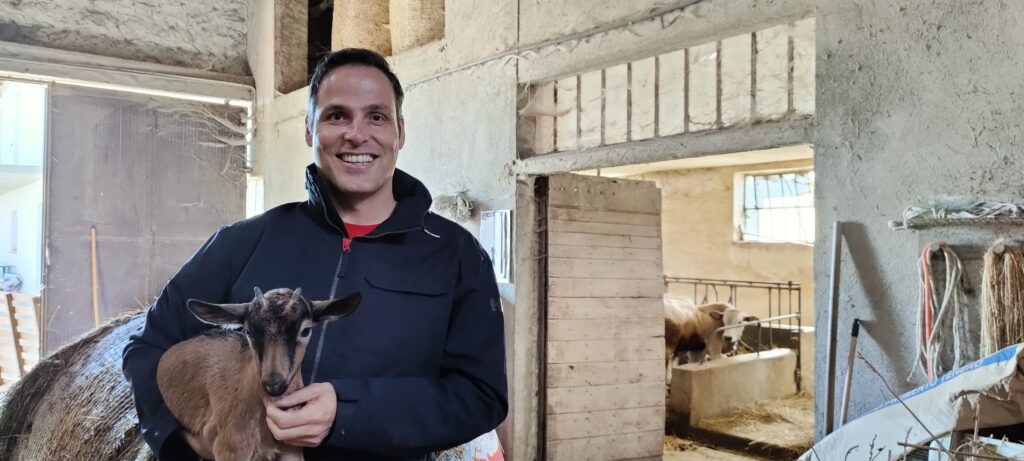
What are some of the delicious uses of Robiola cheese?
- Risotto alla robiola
- Insalata with Robiola
- Antipasti of Robiola
- Olive oil
- Salt and pepper
A true delicacy of the Alta Langa might be the Gnocchi alla Robiola which is a Robiola cream sauce. Robiola hardly makes an appearance in America, but it is worthy of discovering as its one of the most unique cheeses in the world as a result of its complexity in flavor. I highly recommend making a trip to the Alta Langa to discover and taste this wonderful cheese.
Continue to follow my adventures all around the world as we eat, drink and explore our way across the globe. Remember that through exploring we educate ourselves and learn to appreciate other cultures. I find that the quickest way to understand people from other backgrounds is often to sit down and eat with them. Let’s build a connected future together, one of inclusivity and tolerance.
Connect with me on Facebook or Instagram or LinkedIn.
Ciao e Salute!
